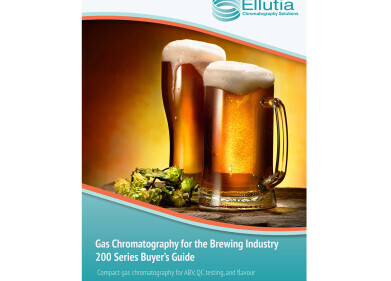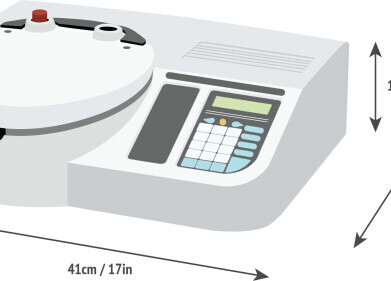Chromatography
Is Testosterone Therapy Beneficial?
Mar 08 2017
Aging men sometimes suffer from a drop in testosterone levels in their blood. Testosterone therapy is thought to offer a solution to this, but medically speaking it is not completely assured. There are both benefits and drawbacks to the therapy, which need to be considered and maybe even researched further. Read on for the pros and cons of testosterone therapy.
Why do you need it?
It’s estimated that testosterone levels begin to decrease once men reach thirty, at a rate of about 1 percent a year. It’s completely natural, but it does have a negative effect on the following:
· Sperm production
· Sex drive
· Muscle mass
· Fat distribution
· Bone density
· Production of red blood cells
· Brain function, including memory
Pros and cons
It’s clear that testosterone loss poses several problems, and this has led to a rise in men taking testosterone replacements. The number of US users shot up to 2.2 million in 2013, compared to 1.2 million in 2010. And some of these didn’t even have levels low enough to be considered for treatment.
But does the therapy actually reduce the effects? In some ways, yes. Testosterone therapy has been found to improve bone density, as well as the production of red blood cells. It has also been linked to a lowered risk of stroke and heart attacks. So far, however, there has been no impact on memory loss – and even in areas of improvement the therapy has been hit and miss.
Digging deeper into the side effects
Research has also attempted to clarify the negative effects of testosterone treatment. One study found that the hormone replacements caused increased plaque build-up in blood-carrying vessels. This build-up could hinder blood flow and in damage heart function.
But looking into this, scientists found no evidence of an increase in heart attacks or strokes – and other cardiovascular problems – which are associated with plaque problems. In fact, the men in the study were found to have a lower risk overall during the three-year follow-up.
Analysis of other treatments
It isn’t just research into testosterone treatment that is changing. Amino acids have long been analysed using the Moore & Stein method. For over 60 years it has been considered the gold standard of amino acid analysis, but is now becoming seen as time consuming and laborious with advances elsewhere. ‘Traditional Amino Acid Analysis. What has Changed?’ discusses how these difficulties can be eliminated with new methodology.
Digital Edition
Lab Asia Dec 2025
December 2025
Chromatography Articles- Cutting-edge sample preparation tools help laboratories to stay ahead of the curveMass Spectrometry & Spectroscopy Articles- Unlocking the complexity of metabolomics: Pushi...
View all digital editions
Events
Jan 21 2026 Tokyo, Japan
Jan 28 2026 Tokyo, Japan
Jan 29 2026 New Delhi, India
Feb 07 2026 Boston, MA, USA
Asia Pharma Expo/Asia Lab Expo
Feb 12 2026 Dhaka, Bangladesh



















